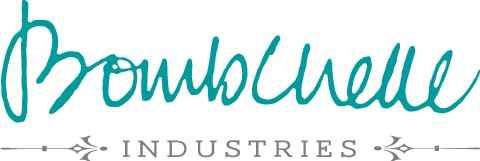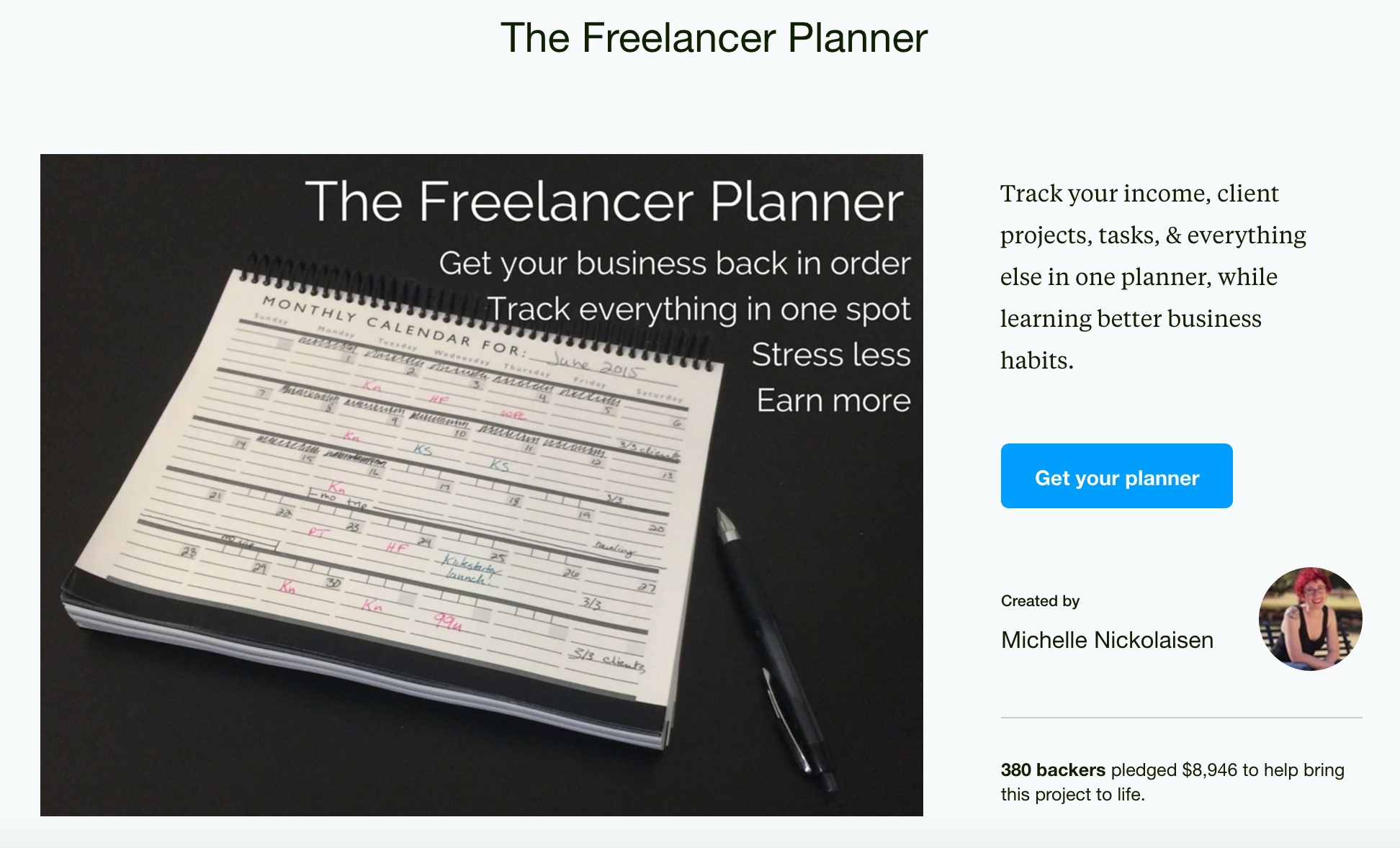
Did you miss part one, with all the background on this series? If so, head over here to catch up!
Aside from having a solid product, marketing is what’s going to make or break your Kickstarter. Below, I’ve covered everything I did (and it’s a lot, so buckle in and grab some coffee!), along with what worked & what didn’t.
No advertising?
Nope. As I’ve mentioned a time or two (and probably will again, because it explains why I did or didn’t do some things that would just be super rookie mistakes otherwise), I was on a very tight budget.
I will say that after getting a look at the analytics that Kickstarter has, I think it would be difficult to run a PPC campaign and be able to link your campaign directly to results (as there’s no way to embed a tracking pixel on the confirmation page). You’d be stuck using correlations, which would get tricky if you were doing several marketing efforts at the same time (which you should be!), because you won’t know what’s working and what’s not.
If you go that route, I’d recommend doing it for a few days at a time, then stopping for a few days, then starting again to see if the backer numbers correlate with each start/stop – that’s probably the best you can do.
Content & social media marketing – what I did:
The biggest thing I can say with marketing for a Kickstarter is that you can’t let up. I’m assuming if you have a PR or marketing firm working for you, there’s probably less of that pressure – but for me, working as a team of one, I had to spend at least a few minutes a day on marketing for the whole duration of the campaign. If I stopped the marketing for a day or two, there was a visible downturn in backers.
That said, let’s move on to what I actually did:
Content marketing:
On the content marketing side of things, I:
- Kept up regular posting on my site while the campaign was going, with topics related to the campaign and linking back to the campaign
- Recorded several videos for YouTube (then crossposted those videos to Bombchelle) with call-to-action embeds to check out the campaign and back it
- Reposted older content on Medium (that had previously performed well on Bombchelle) to get more mileage out of it
- Guest posted on several sites, including Puttylike, the Freelance to Freedom Project, and Millo, to drive traffic back to campaign
Obviously, running the campaign solo (and also with health issues), I was looking for higher-leverage things to do – so wherever possible, I was repurposing content. The YouTube videos I recorded were revamps of older text posts that had done well, and the posts I was posting at Medium were lightly edited versions of previous text posts.
In general, video is a lot faster for me to create than writing (because I am a wordy motherfucker and I talk fast), so I was also using a lot of video. You’ll notice below that all the posts I did here at Bombchelle were video posts (that had a note about the Kickstarter somewhere in them), which I of course uploaded on to YouTube, and embedded cards/links into to prompt people to head over to the Kickstarter page.
List of everything:
- Posts here at Bombchelle: Are you making one of these rate setting mistakes?, Workflow Wednesday: Streak CRM for freelance writers, How to set better freelancing goals (all video posts)
- Posts on Medium: The mistake that’s ruining your freelance money goals, Dear fellow freelancers: we’re better than this, Six lessons learned from five+ years of freelancing
- Guest posts: 3 mistakes keeping you in the feast or famine cycle (and how you can break out!), 3 Strategies to Help You Run Multiple Businesses (Without Losing Your Mind), Why You’re Not Reaching Your Income Goals, A Freelancer’s Best Friends: 9 Apps to Save Your Business + Sanity
Social media marketing:
On the social side of things…
- There was a “pay with a share” option to download a one-page printable (the $1 backer level reward), which generated over 50 shares
- I posted regular (daily, or close to it) updates on Twitter, Instagram, and Facebook (and changed my Facebook page’s cover photo to reflect campaign…which I haven’t changed back yet, oops)
- I changed social profile links (on Instagram, Twitter, Quora, and Medium) to drive traffic back to the campaign
- I embedded “click to tweet” buttons on the campaign page, and shared social share links with backers regularly via campaign updates (not just the click to tweet link, but also a link to a specific Facebook post they could share and a specific pin on Pinterest they could repin)
- I also reached out to Twitter users who had tweeted about freelancing, productivity, or similar Kickstarter campaigns with a quick tweet telling them about the campaign & offering to send them a downloadable printable
- One particularly effective tactic was posting thank you tweets, where I’d find the backer’s Twitter username and giving them a shout-out that day on Twitter – people loved these
The thank-you tweets, like I said, were very effective. For the first hundred or so backers, I included their specific backer number, so that it looked like:
Big thanks to backer #83 [username]t! Learn more about the Freelancer Planner & back it here: http://kck.st/1SNK4LQ
Eventually, this got a little unwieldy (and was becoming an admin headache in and of itself assigning numbers to backers), so I switched it up to say “Big thanks to backers [2-3 usernames].” Aside from it just being good form to thank people who are supporting your work, people really liked being thanked publicly, and they often retweeted the tweets. Plus, it helped keep me tweeting about the campaign, without just tweeting the same “check out my Kickstarter” message over and over again.
The Twitter outreach made me nervous at first – I’m normally very non-salesy on social media, and I didn’t want anyone to perceive me as being just another spammy asshole. But reception was pretty positive, and several people took me up on the offer to check out the planners (and then became backers or shared about the campaign).
Other marketing notes (video, copy, photos):
Obviously, having a good Kickstarter video is crucial. I was on a tight budget, but I was really happy with the that Jeff at Catch Frame made for me. Although, for the record, having another person in my home recording video makes me way more nervous than recording something alone with my iPhone or iPad. Stage fright is real, y’all. The goal for the video was to:
- Give people a sense of the personality/person behind the project (me!)
- Show them what they’re getting (and, tying back into #1, show them that I understand their problems and that’s why I made the planner)
- Ground the planner in a larger issue (the growth of freelancers in our current economy, the lack of planning products for us)
Here’s the video playback stats:

Of the 4,576 views, only 105 were off-site – which makes sense, as I didn’t really embed the video anywhere. Those are probably views through Facebook shares. The video completion rate was 39.16%, which is pretty solid. It’s a little lower than the completion rates showcased in this Kickstarter blog post, which ranged from 48.77% to 56.5%. Those videos also went along with three of the biggest projects in Kickstarter history, though, so…I’ll take my 40% and be happy with it!
The only thing is that for the main video, shorter is better. My goal with my video was to keep it under three minutes, and it clocked in at 2:27. However, I couldn’t possibly go over all the pages of the planner in that time, or give people a really concrete sense of what they were getting. So on day two or three of the campaign, I recorded an additional video that went over all of that in detail:
I uploaded it to YouTube (and added an annotation directing people back to the campaign + a link to the campaign in the description). It got a little over 1,000 views during the campaign, which definitely confirms my belief that people wanted + would watch a more in-depth video explaining the planner. Most of the views during the campaign were from the Kickstarter page, but a not-insignificant-minority (12%) was on the YouTube watch page:

For copy, I just tried to stick with the basics of good copywriting. Keep it simple, keep it scannable, keep it concrete – that sort of thing. I recorded a video teardown of the campaign page so you can see/hear some of my thoughts:
The product photos for the campaign were completely DIY’d. Which is obviously not ideal, but again: tight budget, y’all! And, in general, I think people will forgive less-than-fantastic photography if they know it’s a true indie crowdfunding project.
I will say that lighter backgrounds are a lot more forgiving. If you compare the photos on the campaign page to the photos on the current planner site, the new photos look 100x better. And they’re still DIY’d, just with white posterboard as a background and lots of natural light.
Content & social media marketing – what I used:
- Buffer saved my life – at one point, I was on the free plan, but with how many backer tweets I was having to save, I just paid the $10/month to upgrade
- I used aText to create text snippets for the thank you and outreach tweets
- I tried Mention to help with the Twitter outreach, but didn’t find it that useful here
- Instead, I used a search tool (that I cannot for the life of me find now) where I would search for people who had recently tweeted about freelancing (or productivity, or related topics), or who had the word “freelance” or “freelancer” in their bio, and reach out to them. You could easily do something similar with Followerwonk and/or Hootsuite.
Results:
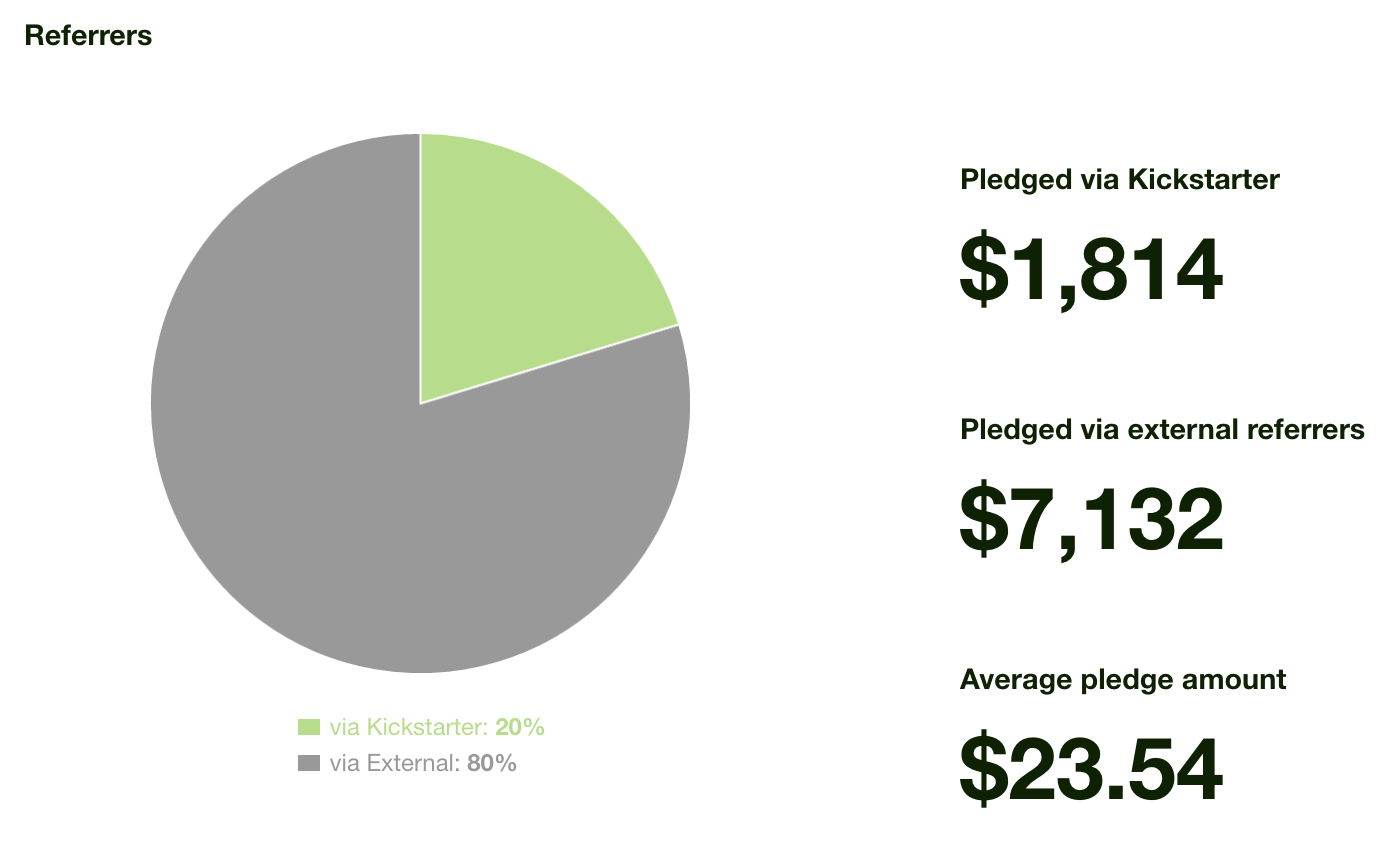
The backer report shows the following:
- 31.52% of the backers were attributed to “direct referral” traffic
- Backers from Facebook & Twitter combined made up 23.87% of backers (Facebook being 16.26, Twitter being 7.61)
- 3.4% of backers came from guest posting efforts
- 2.35% of backers came from content at Bombchelle or on Medium
For reference (and as you can see above), 20% of backers came from Kickstarter, so out of the backers that actually came through my marketing efforts, over 25% of those were from social media, about 7% came from content marketing, and nearly 40% came from that mysterious direct referral traffic.
Conclusion: the content marketing I did wasn’t very effective compared to the social media marketing I did. That said, 7% of backers that I actually had a hand in isn’t too bad either – and that number probably would have gone way up if I had been more aggressive with CTAs in the content marketing I did do. It’s also worth noting that traffic sources 2-5 on the shortlink (see below) are from the content marketing, which could mean that they actually drove more backers than just 7%.
What about that direct referral traffic?
Since the direct referral traffic makes up such a huge chunk of backers, let’s dig into that a little more. Apparently, depending on the link shortener used, shortened links can count as direct referral traffic…or links (shortened or not) that were opened in a new browser tab. (More on direct traffic here & here.)
That probably explains why it was such a big chunk of traffic…and why YouTube doesn’t show up anywhere in the referral list. I’m guessing that at least part of the 1,389 “unknown” clicks on the bitlink were from YouTube. At any rate, here’s how the bitly stats break down:
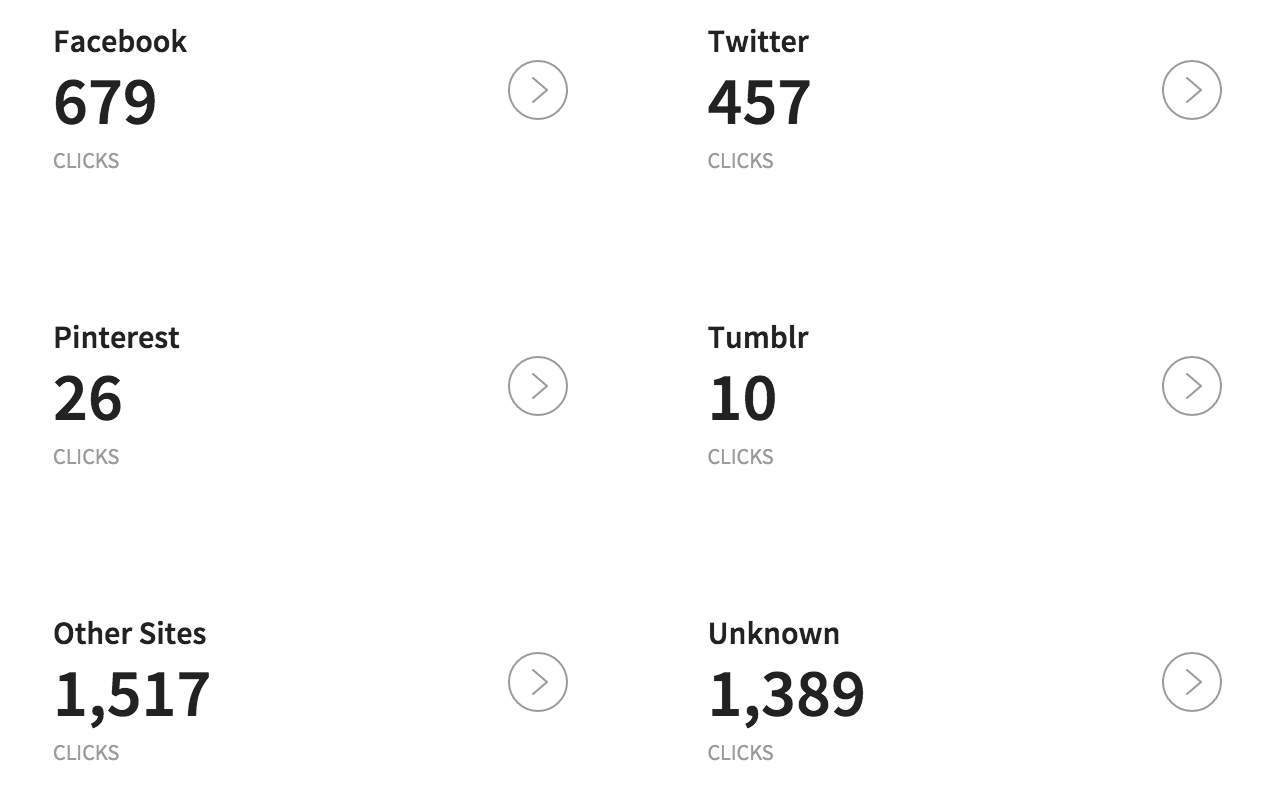
Once again, Facebook & Twitter were at the top of the list. It’s interesting to note that, based on this, Twitter drove two-thirds of the traffic that Facebook did, but less than half the backers that Facebook did. In this case, it seems that traffic from Facebook was more likely to convert to backers. (Not too surprising, especially as I know a lot of the backers knew me personally and probably clicked over from Facebook.)
Here’s what the “other sites” dropdown looks like (some of these are mentioned above in guest posting efforts, some are from PR/press efforts, which we’ll cover in the next post):
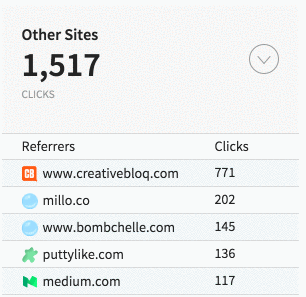
Other benefits:
A secondary benefit of actually keeping up with my own blog posting (vs focusing on client work) is that I had a small spike in newsletter subscribers during (and after) the campaign. The pink box below highlights June-August 2015 (the campaign ended at the end of July):
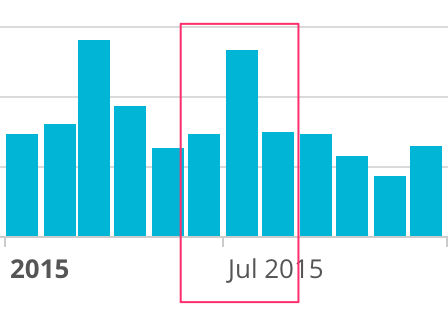
Overall, it didn’t hugely help grow my email list, but it did help avoid the summer slump in email signups that I’ve experienced before.
Other secondary benefits:
- I gained 294 followers on Twitter over June – August 2015 (for comparison, I’ve gained 111 followers since the beginning of the year – obviously, the more active you are on Twitter, the more followers you’ll get, assuming you’re not being a magnificent douchebag)
- My Facebook page got 46 net new likes during that same time period (compared to 2 net new likes since the beginning of the year – though obviously, I’ve been pretty quiet lately, which is skewing these numbers)
Whew. That was a monster post, so thanks for sticking with me. Next week, we’re covering PR/press (which I separated from marketing to keep this from getting any more unwieldy!). Then it’s product development/manufacturing/fulfillment, and then lessons learned + resources. Stay tuned!
Other posts in the Kickstarter series:
Behind the scenes of a successful Kickstarter: everything you wanted to know (part one)
